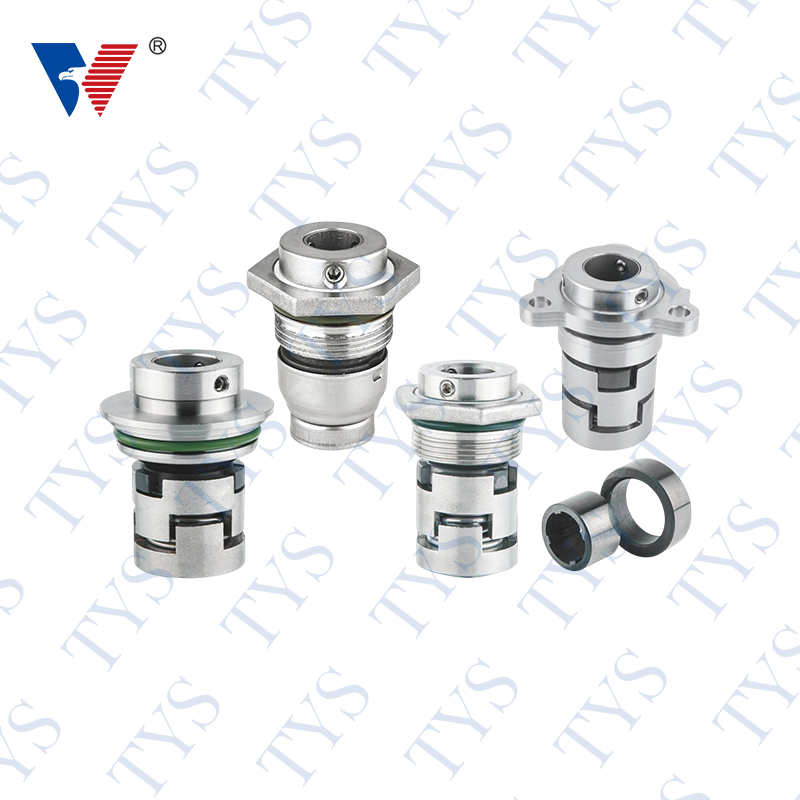How to Install a Pump Mechanical Seal
Author:admin Date:2022-12-06
Whenever you have a pump in your system, you should be sure that you have a mechanical seal installed on it. This seal helps you keep pumped fluid from leaking out from between the rotating shaft and the pump housing. These seals are available in a variety of sizes and designs. If you are having trouble determining which type of seal you need, you should contact your local pump manufacturer or field services technician. The seals come with instructions that must be followed to ensure that they are installed properly. If you do not follow the instructions correctly, it could lead to a leak.
You should ensure that the seal faces are well lubricated. The lubricant must be compatible with the pumped medium. You may also want to consider using a dry nitrogen quench to protect the seal from the effects of atmospheric humidity. A dry nitrogen quench displaces atmospheric humidity and can prevent leaks.
You should also ensure that the mechanical seal faces are properly positioned. A misaligned shaft can lead to vibrations and failures of the seal. You may also need to repair the groove on the shaft. If your pump is designed to run on a low-temperature fluid, you should consider installing a dual-pressurized seal to prevent vaporization of the fluid around the seal.
You should also ensure that the bellows are not corroded. The bellows are designed to keep pressure on the mechanical seal faces. If the bellows are corroded, this could cause a leak.
You should also ensure that you choose a good seal face material. A good seal face will prevent leaks and help to avoid cleaning up. The material should be resistant to heat and pressure. You should also ensure that the materials are compatible with the pump medium. You should also choose a lubricant that is free of hydrocarbons. This is particularly important if the pump uses oxygen as a process medium.
If you are replacing a mechanical seal, you should ensure that you are properly trained. This can prevent you from causing major damage to the seal and other parts of your pump. You should also make sure that you wash your hands after touching the mating parts of the seal. You should also clean the seal cavity in your pump. If you have a seal replacement kit, you should be able to remove the seal and replace it without any problems.
Mechanical seals are used in a variety of industries. They are typically used for cryogenic processes and low-temperature processes. They help to ensure that pumped fluid is kept in the pump casing, preventing leaks and reducing the amount of waste product.
In the past, pump seals were made of gland packings. These packings wore out slowly, allowing leaks to occur. Today, mechanical seals have almost completely replaced gland packings. Mechanical seals have a flexible diaphragm made of a rubber-like substance. The sealing faces are lubricated with a thin hydrodynamic film to help reduce wear.
Annular Seal Pressure: ≤0Mpa~1.2Mpa
Annular Seal Temperature: -20~80℃(-30~200℃)
Rotation speed: ≤12m/sec
Medium: Water, Oiland PH numerical value of waste wateris 6.5-8
Used in clean water pumps,in-Line pumps and general industrial pumps
Annular Seal Temperature: -20~80℃(-30~200℃)
Rotation speed: ≤12m/sec
Medium: Water, Oiland PH numerical value of waste wateris 6.5-8
Used in clean water pumps,in-Line pumps and general industrial pumps
- Mechanical Seals
- Single Face
- Single Spring
- Unbalanced Seal
- Arbitrary Rotation
- Stationary Ring(Ceramic/SiC/TC)
- Rotary Ring(Carbon/SiC)
- Secondary Seal(NBR/EPDM/VITON)
- Retainer(SUS304)
- Spring(SUS304)
- Spring Holder(SUS304)



 English
English 中文简体
中文简体








.png)







